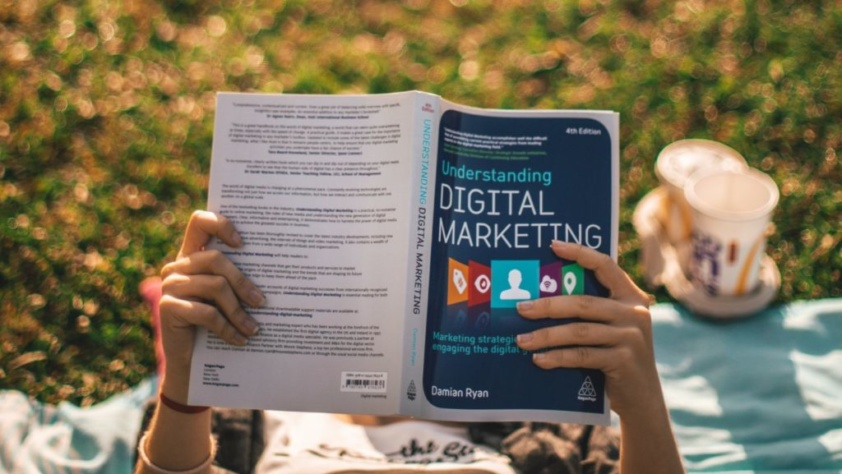Staying relevant online is a tough job. Customers are notoriously fickle, and when a new brand or a new deal drops into the inbox or social media news feed they will be quickly distracted. Brand loyalty is still a thing of course, but in this increasingly digital world, the competition has exploded exponentially.
Successful digital marketing strategy is therefore one of the most important assets any eCommerce business can have. From funky ads to brand ambassadors, the routes to success are endless.
Be honest, have you ever purchased something because a celebrity or public figure you trust and respect uses or recommends it? Even if you can’t remember, chances are you have. This strategy is used across virtually every medium – from social media to blogs, columns, print ads and television. It’s called influencer marketing, it’s dominating the 2020s and it’s not a millennial fad.
Influencer marketing is a successful marketing strategy because it utilises two critical elements – word-of-mouth marketing and social proof. It’s been proven time and time again that consumers trust their friends and family over a company’s own claims about their products, and in the social media world we live in, this trust extends to celebrities and influencers. So how do you integrate influencer marketing with your digital marketing strategy?
Social Influence Starts Small
Contrary to popular belief, it’s not how big an influencer is or how big their fanbase that matters. It all comes back to quality over quantity. Real, trustworthy influences with a modest fanbase can bring in better sales than their A-list counterparts with tens of thousands of fans.
70% of teens trust influencers more than traditional celebrities.
A micro- or nano-influencer brings to the table a devoted fan base of enthusiasts who are genuinely interested in that person and what they have to say. Much more effective than a mega-influencer with millions of casual observers and hate-watchers with no real interest.
Huge Returns Await
In a recent poll by Tomoson, a software service dedicated to micro-influencer outreach, businesses are making a strong return from influencer marketing, generating $6.50 in revenue for each $1 spent. To achieve this, any digital marketing strategy that incorporates influencers needs to consider the three Rs of influence – Relevance, Reach and Resonance.
Find influencers that share content relevant to your business and industry. Their target market needs to be the same as yours. This is their relevance.
Reach is the number of people you could potentially reach through the influencer’s base and your own audiences – remember quality is better than quantity, as mentioned above.
Resonance is harder to equate, but this is the potential level of engagement the influencer can create with an audience relevant to your brand or product.
Align Digitally
Finally, once you have employed your influencer and set up some marketing strategy, make sure to adjust your own brand’s marketing accordingly. There’s no use having an influencer offering a special discount or touting some facts and figures when they can’t be supported by aggressive marketing from the brand at the same time.
People often spend less than 10 seconds looking at a website – if they can’t find the information they’re looking for they are gone. Influencer inspired or not. Digital marketing specialists such as Myk Baxter Marketing not only develop websites that are easy and clear to navigate, they also help align digital marketing strategies to make the most out of any marketing campaign you wish to explore.
The post Influencer Marketing: More Than a Millennial Fad appeared first on eCommerce Expert.





